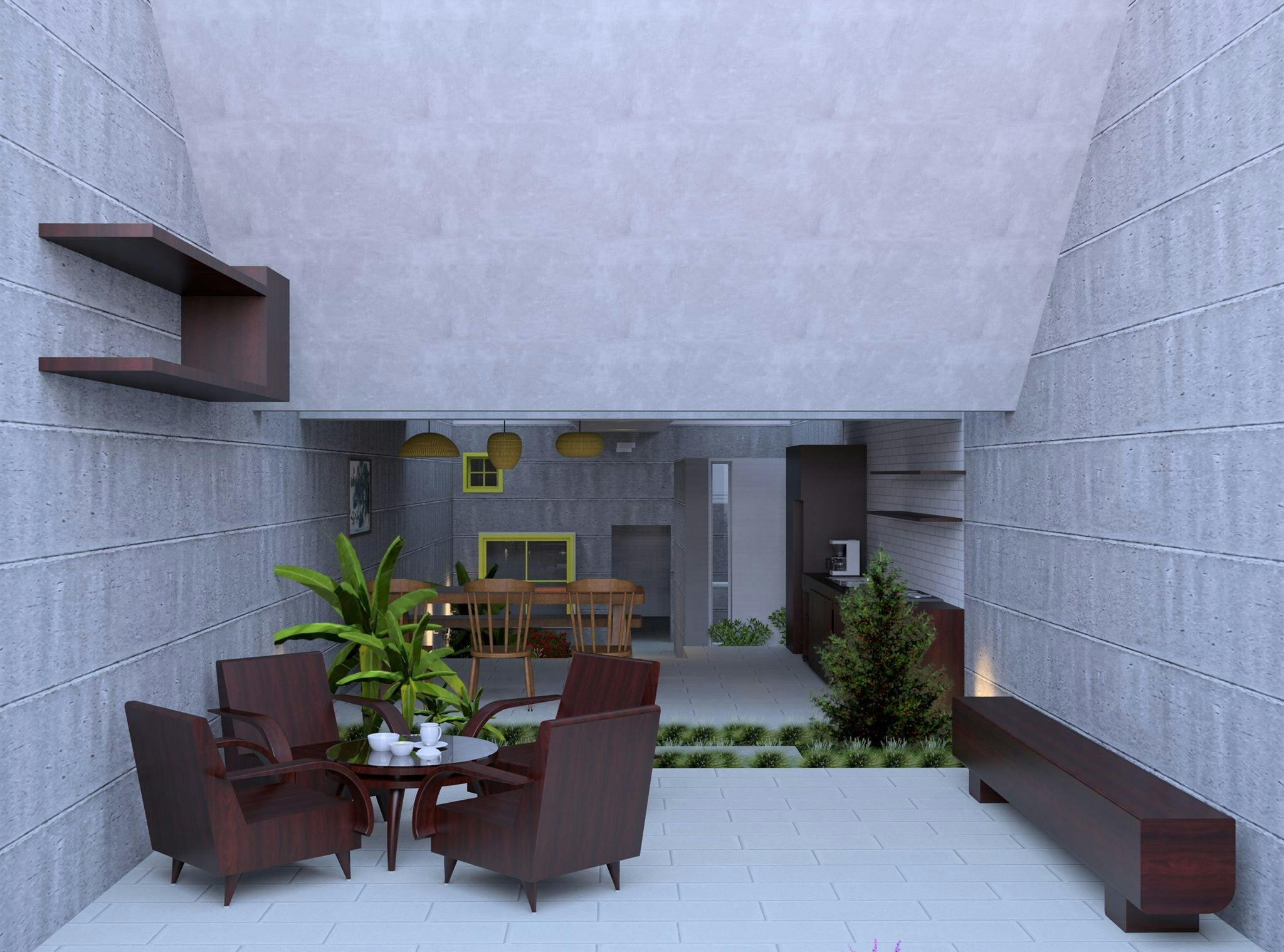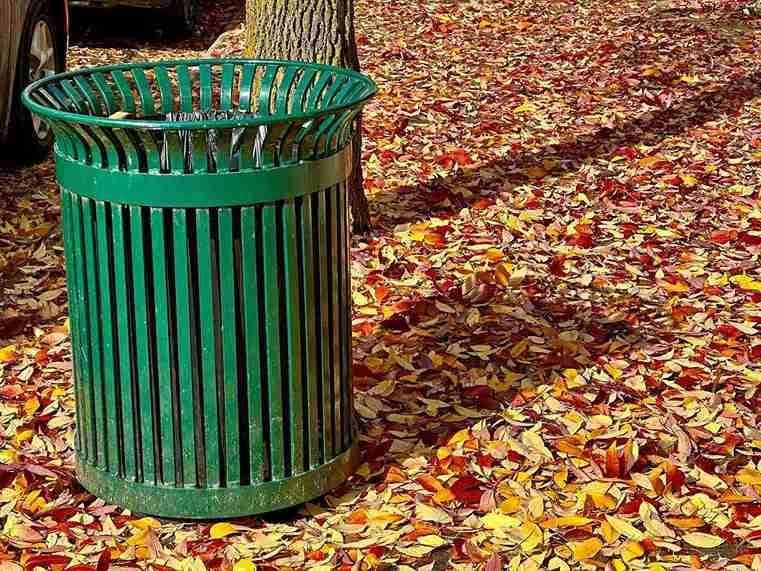Concrete is a fundamental part of many homes in North Carolina, but like any material, it requires regular attention.
Skipping maintenance can lead to significant structural issues.
Homeowners should look for cracks, uneven surfaces, or discoloration as indicators that their concrete needs maintenance.
These signs can often signal deeper problems that, if left unaddressed, may result in costly repairs.
Routine inspections are key in identifying problems early on.
Regularly inspecting your home’s exterior can prevent small cracks from becoming major issues.
It’s important for homeowners in the region to be aware of the unique challenges posed by local weather conditions.
Heavy rain and fluctuating temperatures can exacerbate concrete wear and tear, making periodic maintenance even more critical.
For professional assistance, consider reliable concrete maintenance services.
This checklist will help keep your property in top shape. Regular upkeep not only extends the life of your concrete structures but also preserves the aesthetic appeal of your home.
Ensuring the longevity and safety of concrete components like sidewalks, driveways, and foundations is essential for safeguarding your investment.
Assessing Concrete Damage and Its Implications
Concrete damage in a home’s foundation can lead to serious structural issues, high costs, and decreased property value.
Recognizing signs of damage early and understanding their implications can help homeowners take timely action.
Recognizing the Warning Signs
Cracks are one of the most noticeable indicators of concrete damage.
These can appear as hairline fractures or larger gaps due to environmental factors like freeze-thaw cycles and heavy loads.
Discoloration, spalling (flaking), and uneven surfaces are also common signs.
Inspecting these areas regularly is crucial to maintaining the stability and appearance of your home. Early detection can prevent safety hazards and costly repairs.
Understanding Foundation Concerns
The foundation is the most critical structural element of a home.
Issues like soil expansion, contraction, or erosion can lead to foundation cracks and settling. This is often visible as uneven floors or walls.
A compromised foundation can severely affect a home’s stability and safety. Regular inspections can help identify these problems early.
Immediate action is essential to avoid extensive damage and preserve the home’s value.
Evaluating Surface and Structural Damage
Beyond aesthetic concerns, concrete damage can affect a home’s longevity and safety.
Uneven slabs, potholes, and deep cracks can compromise structural integrity.
Environmental factors such as freeze-thaw cycles and tree roots growing under concrete can exacerbate these issues.
Proper maintenance and timely repairs are key to extending the lifespan of concrete surfaces.
This not only improves curb appeal but also ensures structural stability, safety, and long-term value for the homeowner.
Regular home inspections and professional evaluations are recommended to assess and address any concrete damage effectively.
Effective Maintenance Strategies for Longevity
Implementing concrete maintenance strategies ensures the durability and longevity of concrete surfaces.
Consistent cleaning, thorough inspections, and innovative repair techniques are crucial for avoiding damage and expensive repairs.
Regular Cleaning and Debris Management
Routine cleaning helps maintain the structural integrity of concrete.
Remove debris and standing water to prevent surface damage. Water pooling can lead to cracks, so ensure proper drainage.
For instance, clean gutters and downspouts to avoid water overflow and inspect for clogs.
Use a pressure washer for deep cleaning, but avoid chemicals that may damage the surface.
Dirt and organic matter can degrade concrete; sweep and hose down driveways and patios periodically.
Apply a concrete sealant to protect against staining and freeze-thaw cycles.
When cleaning, wear goggles to safeguard against debris. A clean surface allows for better inspection and timely repairs.
Periodic Inspection and Professional Consultation
Conduct periodic inspections to identify early signs of wear. Look for cracks, discoloration, and uneven surfaces.
Inspect caulking around joints, window sills, and door frames for gaps or deterioration.
Engage professional consultation for a thorough assessment. Experts use tools like injection ports to detect sub-surface issues.
Polyurethane foam injection can fix minor cracks and voids, enhancing the concrete’s stability.
An annual check by a professional ensures minor issues are addressed before they escalate.
Inspections are crucial in high-traffic areas like driveways and garages, where wear occurs more rapidly.
Professional advice on preventive measures can extend the life of your concrete.
Implementing Durable Repair Techniques
Adopt durable repair techniques for lasting results. Caulking is essential for sealing joints and preventing water infiltration.
Use poly renewal or polyurethane foam to fill gaps and stabilize the structure for significant cracks.
Apply a new layer of concrete or a specialized mix for damaged slabs.
The curing process is vital; ensure proper insulation to maintain optimal temperatures.
Use quality sealants post-repair to enhance durability. Address issues like water pooling and install sump pumps if necessary.
For large projects, professional assistance ensures repairs meet safety and quality standards.
Implement energy-efficient solutions to reduce future wear, such as insulated garage doors and proper HVAC maintenance.








